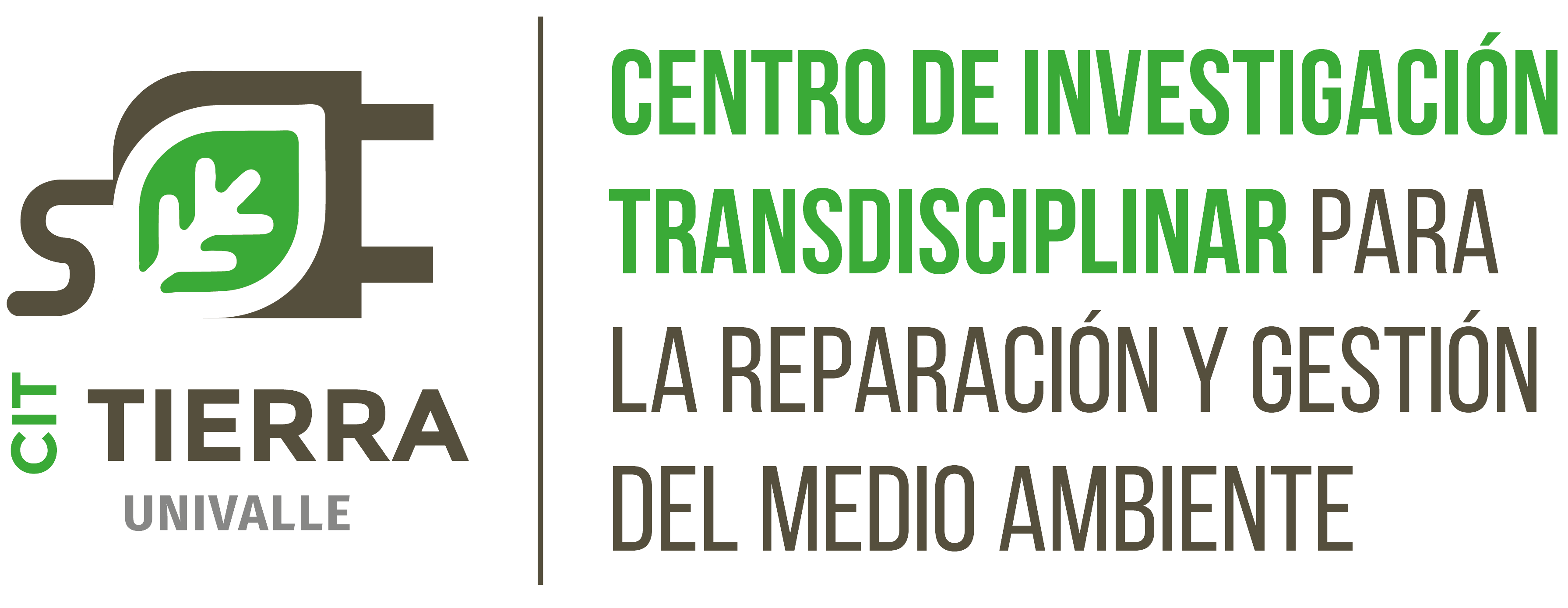Evaluation of the energy efficiency of the supply side in the Brazil – Bolivia energy integration
Evaluación de la eficiencia energética del lado de la oferta en la integración energética Brasil – Bolivia
DOI:
https://doi.org/10.52428/20758944.v19iEspecial.340Keywords:
Electricity, generation, integration, Latin America, Bolivia, Brazil.Abstract
This article aims to present methodologies to meet the growing energy demand with a focus on Bolivia-Brazil integration in Latin America. Through an analysis of the possibilities of synergy between Brazil and Bolivia, this study focuses on the optimization of energy matrices in order to meet future demand and reduce environmental and energy production costs for both participants in the process. For this, the characterization of the focus countries of the study is initially analyzed in order to understand the historical evolution of energy management of each one, in addition to the potentials to be addressed given the energy matrix analyzed in question. With the intention of equating possible forms of integration between the two countries, an analysis was carried out regarding energy integrations in South America, mainly in the dynamics of existing relationships, raising cases of success and the approach taken for them. The analysis methodology was created to compare the technical and environmental costs of expanding the energy matrix, to meet the expected demand in 2040. The expansion of the matrix considering the base scenario, with only national resources and consequently the expansion limitations that exist due to physical restrictions in Brazil, and considering the integration with Bolivia, already added to the cost of expansion of transmission represented a reduction of 12% in the expected cost to meet the demand. Based on the techniques of environmental cost reduction of the expansion, the same analysis results in the optimization of the use of natural gas, with the reduction of the total cost of the project of 11% compared to the scenario without integration. In this way, there is an optimization of resources that can be applied to national service and that can be scaled when taking into account integrations with other countries. Finally, the importance of energy integration as a form of socioeconomic development and as a form of protection against climate change is also discussed, given the energy complementarity between both participants in the process. It is expected, therefore, the possibility of presenting an optimization in the face of the use of environmental resources for energy generation, combining a technical-socio-environmental balance to meet the needs of both countries.
Downloads
References
(1) P. Europeu, "UE e Acordo de Paris: a caminho da neutralidade carbônica," 28 11 2019. [Online]. Available: https://www.europarl.europa.eu/news/pt/headlines/society/20191115STO66603/ue-e-acordo-de-paris-a-caminho-da-neutralidade-carbonica. [Acesso em 07 11 2020].
(2) F. Marques, "O começo da transiçao - Acordo em Paris sobre mudanças climáticas prevê compromisso global para limitar aumento de temperatura e mira uma economia de baixo carbono," Pesquisa FAPESP, nº 239, 2016.
(3) Ministério de Minas e Energia, "Acordo de Paris," [Online]. Available: https://www.mma.gov.br/clima/convencao-das-nacoes-unidas/acordo-de-paris.html. [Acesso em 7 11 2020].
(4) IEA, "CO2 emissions by sector," 2020.
(5) EPE, "Panorama e Perspectivas sobre Integração Energética Regional," Rio de Janeiro, 2018.
(6) EPE, "Anuário Interativo," 2020. [Online]. Available: http://shinyepe.brazilsouth.cloudapp.azure.com:3838/anuario/AnuarioEE_2020.pdf. [Acesso em 08 11 2020].
(7) M. E. M. Udaeta, G. F. Burani, M. T. W. Fagá e C. R. R. Oliva, "Ponderação Analítica para da Integração Energética na América do Sul," Congresso Brasileiro de Planejamento Energetico, Brasilia, 2006.
(8) H. Pergher, "A integração energética na América do Sul: Uma análise das Políticas de Integração Energética Promovidas no Mercosul e na Unasul," RICRI, vol. 3, nº 5, pp. 55-82.
(9) IEA, "Total Energy Supply by source," IEA, 2020.
(10) N. Castro e R. Rosental, "O setor elétrico da Bolívia e as perspectivas de integração com Brasil," GESEL , 2017.
(11) R. S. Meira, "Brasil, Bolívia, Hidrocarbonetos e o Processo de Integração Energética na América do Sul," Universidade de Brasilia, Brasília, 2009.
(12) M. d. F. S. A. Passos, "Gasoduto Bolivia-Brasil," ECEN, 10 09 1998. [Online]. Available: http://www.ecen.com/eee10/gasp.htm. [Acesso em 08 11 2020].
(13) D. Nogueira, "Diplomacia do Gás: A Petrobras na politica externa de Cardoso para a integração energética com a Bolívia (1995-2002)," Dissertação - Mestrado - PUC-RIO, Rio de Janeiro, 2007.
(14) S. Binato, "Integração Energética na América Latina," PSR, 2016.
(15) Banco de Desenvolvimento da América Latina, "Dez novos projetos hidrelétricos poderiam gerar 1.500 MW na Bolívia," 02 07 2018. [Online]. Available: https://www.caf.com/pt/presente/noticias/2018/07/dez-novos-projetos-hidreletricos-poderiam-gerar-1500-mw-na-bolivia-de-acordo-com-um-estudo-do-caf/. [Acesso em 04 03 2021].
(16) I.-A. D. Bank, "Lights on? Energy Needs in Latin American and the Caribbean to 2040," 2014.
(17) P. H. d. C. Rigolin, "Avaliação Global dos Modelos Energéticos de Transporte do Gás Natural Inclusive como Energia Secundária," São Pauli, 2007.
(18) U. E. I. Administration, "Annual Energy Outlook 2020," 2020.
(19) EPE, "Considerações sobre a Expansão Hidrelétrica nos Estudos de Planejamento Energético de Longo Prazo," Rio de Janeiro, 2018.
(20) F. G. Amaral e P. R. S. d. Silva, "Analise de Custos Ambientais em Processos Industriais," 2008.
(21) R. S. d. Motta, R. A. Ortiz e S. d. F. Ferreira, "Avaliação Econômica dos Impactos Causados pela Poluição Atmosférica na Saúde Humana," III Encontro da Sociedade Brasileira de Economia Ecologica, Recife, 1999.
(22) T. Sundqvist e P. Söderholm, "Valuing the Environmental Impacts of Electricity Generation: A critical survey," Lulea University of Technology, Lulea, Sweden, 2003.
(23) H. L. Santos e L. F. L. Legey, "A model for long-term electricity expansion planning witg endogenous environmental costs," International Journal of Electrical Power & Energy Systems, Rio de Janeiro, 2013.
https://doi.org/10.1016/j.ijepes.2013.02.018 DOI: https://doi.org/10.1016/j.ijepes.2013.02.018
(24) Bloomberg New Energy Finance, "Solar and Wind Cheapest Sources of Power in Most of the World," 28 04 2020. [Online]. Available: https://www.bloomberg.com/news/articles/2020-04-28/solar-and-wind-cheapest-sources-of-power-in-most-of-the-world. [Acesso em 2021].
(25) R. W. K. P. Andrew Mills, "The Cost os Transmission for Wind Energy: A review of Transmission Planning Studies," Bekerley National Laboratory, 2009.
(26) A. M. Consulting, "Zero Carbom Roadmap," [Online]. Available: https://afry.com/en/zero-carbon-roadmap. [Acesso em 07 11 2020].
(27) C. Energia, "BNEF: Eólica, solar e baterias ficaram mais competitivas desde o 2º semestre de 2019," 2020.
(28) J. M. Amaro Pereira, "Análise das Emissões de Gases de Efeito Estufa do Setor Elétrico Brasileiro e Papel das Termelétricas a Carvão Mineral," [Online]. Available: https://www.carvaomineral.com.br/arquivos/Relatorio_ABCM_V4_final_amaro.pdf. [Acesso em 08 11 2020].
Published
How to Cite
Issue
Section
License
Copyright (c) 2023 Renán Orellana Lafuente, Ianca da Silveira de Oliveira, Dorel Soares Ramos, Miguel Edgar Morales Udaeta, Viviane Tavares Nascimento

This work is licensed under a Creative Commons Attribution 4.0 International License.
Authors who publish with this journal agree to the following terms:
- Authors retain copyright and grant the journal right of first publication with the work simultaneously licensed under a Creative Commons Attribution License 4.0 that allows others to share the work with an acknowledgement of the work's authorship and initial publication in this journal.
- Authors are able to enter into separate, additional contractual arrangements for the non-exclusive distribution of the journal's published version of the work (e.g., post it to an institutional repository or publish it in a book), with an acknowledgement of its initial publication in this journal.
- Authors are permitted and encouraged to post their work online (e.g., in institutional repositories or on their website) prior to and during the submission process, as it can lead to productive exchanges, as well as earlier and greater citation of published work.















